Picture this: you’re trying to work from home when your furry companion insists on sitting directly on your laptop keyboard. Every time you stand up, they follow. When you go to the bathroom, they’re pawing at the door. Sound familiar? While we love our cats dearly, sometimes that adorable affection can cross into concerning territory.
Many cat owners assume their pets are naturally independent creatures, but felines can actually develop strong emotional bonds that sometimes become unhealthy. Understanding the difference between normal affection and problematic attachment can help ensure both you and your cat maintain a balanced relationship. Let’s dive into the telltale signs that your feline friend might be a little too attached for their own good.
They’ve Become Your Constant Shadow
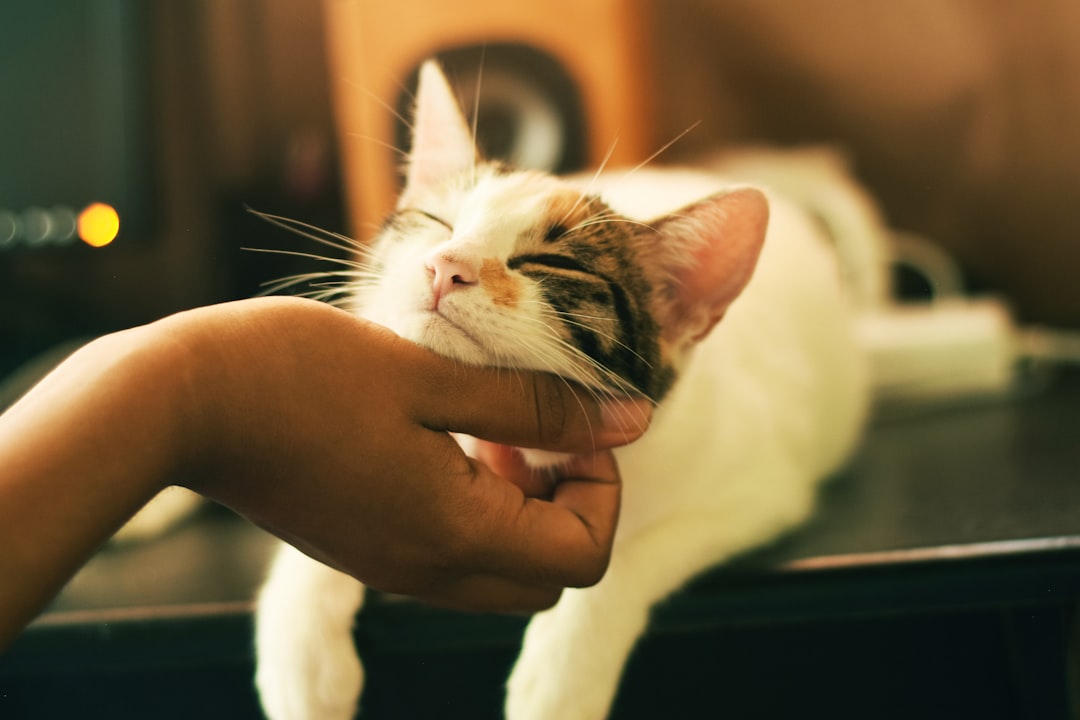
One of the most obvious signs of an overly attached cat is if they follow you everywhere you go, always staying underfoot and meowing whenever you leave the room. This behavior goes beyond normal curiosity about your activities.
While most cats don’t typically care what you’re up to as long as their basic needs are met, clingy cats suddenly become very interested and invested in everything you do around the house. These shadow cats follow you around everywhere you go, moving when you move, sometimes getting so close to your feet that they become a tripping hazard.
Think about it like having a furry stalker who genuinely believes they need to supervise your every move. They might even wait outside the shower or insist on accompanying you to check the mail. This level of surveillance often signals deeper insecurity rather than simple affection.
Excessive Vocalization That Never Stops
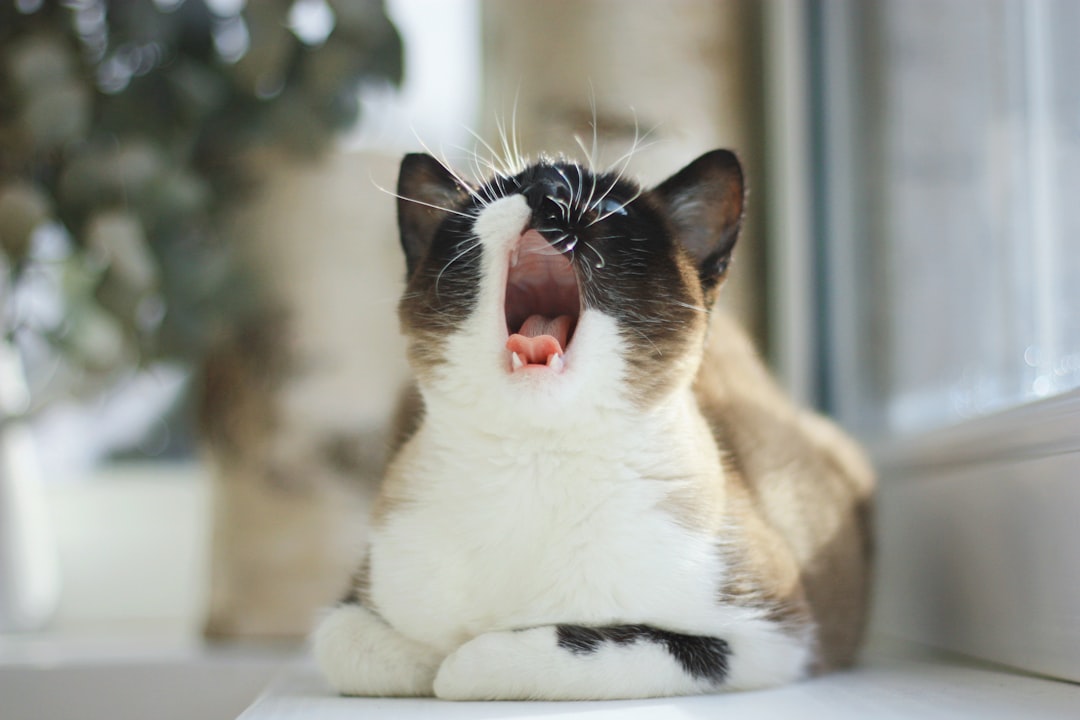
Increased vocalization like constant meowing or crying, especially when you leave or as you’re getting ready to go, is a clear sign of attachment issues. Some cats will meow very loudly and excessively when separated from their preferred person, even meowing to the point of exhaustion.
These cats take that normal dinner-time meow to an extreme level. We’re talking about cats who seem to have an opinion about everything and feel compelled to share it vocally. They might cry when you’re in another room, wail dramatically when you put on shoes, or maintain a running commentary on your daily activities.
The key difference here is consistency and intensity. Normal cats vocalize for specific reasons, but overly attached cats seem to use their voice as a constant tool for maintaining your attention and presence.
Bathroom Privacy Becomes Non-Existent
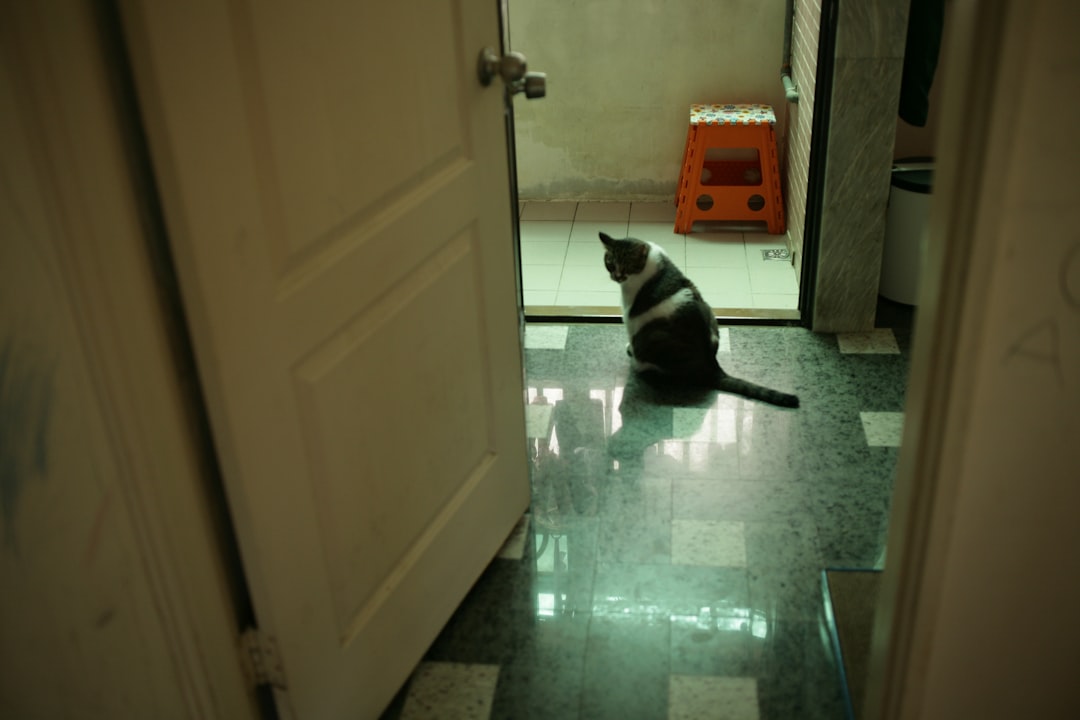
Hyper-attachment manifests when you can’t even go to the bathroom alone, or if your cat constantly needs to be near you to the point of trying to follow you out the door. This behavior crosses normal boundaries that even social cats typically respect.
Following you everywhere, including to the bathroom, indicates an unhealthy level of dependence. Most cats understand that humans need some private moments, but overly attached felines seem to have missed that memo entirely.
They might scratch at the door, stick their paws underneath, or vocalize their distress at being temporarily separated. Some particularly determined cats will even learn to open bathroom doors or find creative ways to breach your privacy barriers.
Sleeping Habits Cross Into Clingy Territory
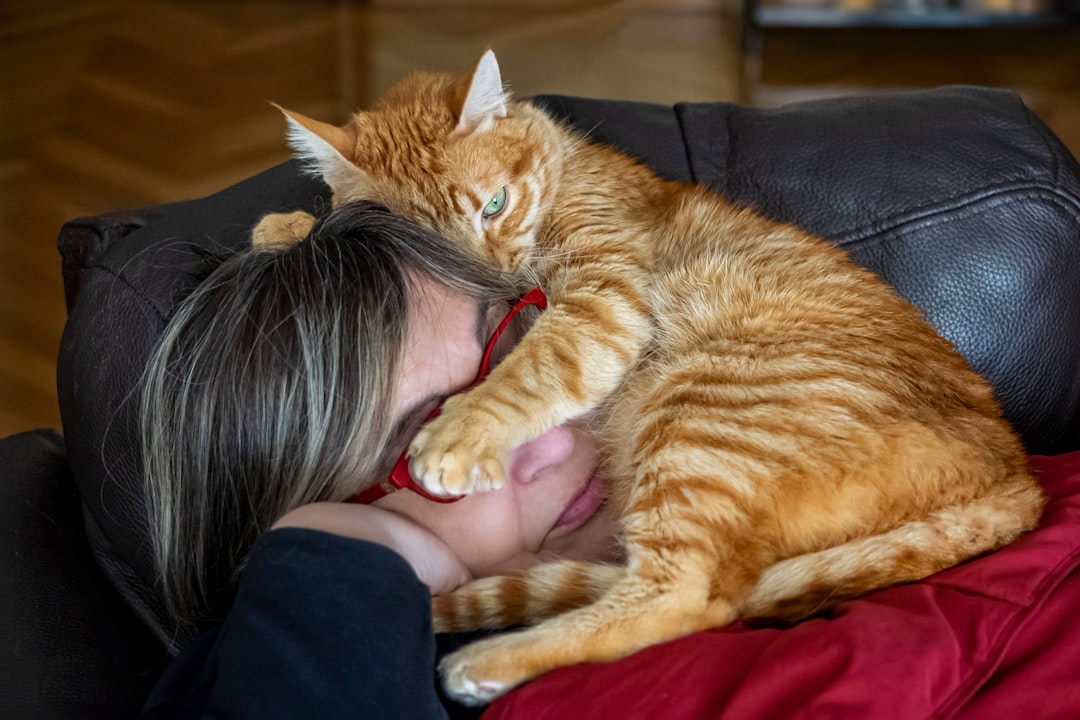
While some cats commonly share a bed with their owners, clingy cats feel the need to be in constant physical contact, even when you roll over during sleep. Cats who insist on sleeping on top of you, whether on your chest or curled up next to your head, show signs of extreme clinginess because they want to be as close as possible.
Normal cats might enjoy sleeping near their humans or even on the bed, but they usually find their own comfortable spot and respect your space. Overly attached cats, however, seem to believe they must maintain physical contact throughout the night.
They might follow your movements in bed, wake you up by trying to get closer, or become distressed if you shift positions. This behavior can significantly impact your sleep quality and indicates an unhealthy level of dependence on physical closeness for emotional security.
Destructive Behavior When Left Alone
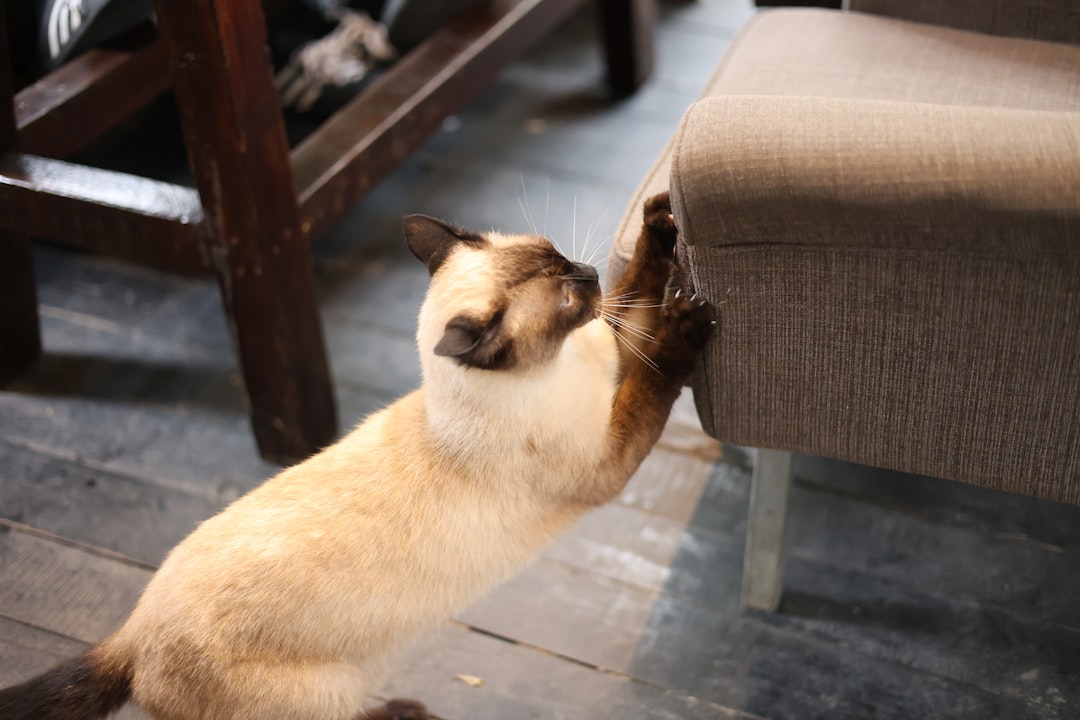
Destructive scratching often occurs when cats are trying to de-stress and leave visual and scent markers, which helps them feel calmer. Overly attached cats may attempt to escape by clawing and scratching at doors and windows when you’ve left the premises.
This destructive behavior might include excessive meowing, crying, scratching furniture, or knocking things over when you leave the room as an attempt to get your attention and make you stay. These aren’t acts of spite but rather desperate attempts to cope with anxiety.
You might return home to find scratch marks on doors, knocked over objects, or other signs that your cat struggled with your absence. This destruction typically happens shortly after you leave and represents your cat’s attempt to either escape or express their distress at being alone.
Litter Box Issues and Inappropriate Elimination
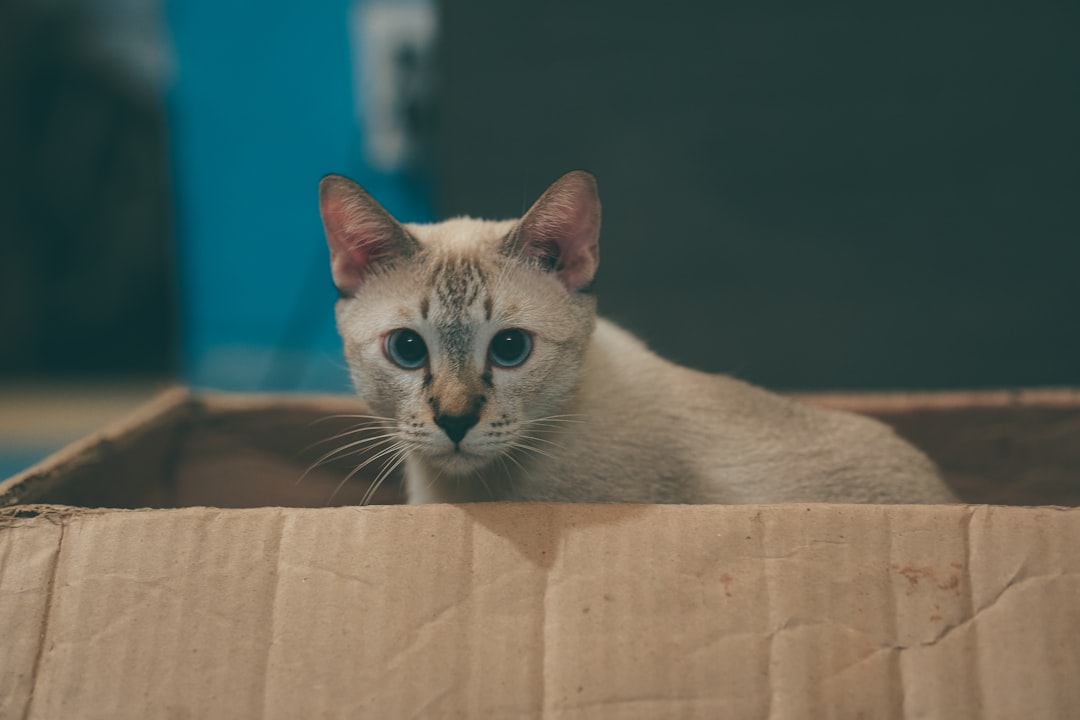
Cats with attachment issues may urinate or defecate away from the litter tray, often on clothing, bedding, or furniture, with many cats with this behavior often targeting their owner’s bed.
House soiling is often mistakenly seen as vindictive behavior, but what cats are really doing is mixing their scent with yours, trying to leave a “signpost” for you to find them and return home. If urination or defecation occurs immediately following your departure, separation anxiety should be strongly considered, and they may even begin urinating on your bed as another sign they’re missing you.
This behavior represents one of the most challenging aspects of dealing with an overly attached cat. The elimination in inappropriate places isn’t malicious but rather a desperate attempt to create a comforting environment that smells like both of you.
Excessive Excitement Upon Your Return
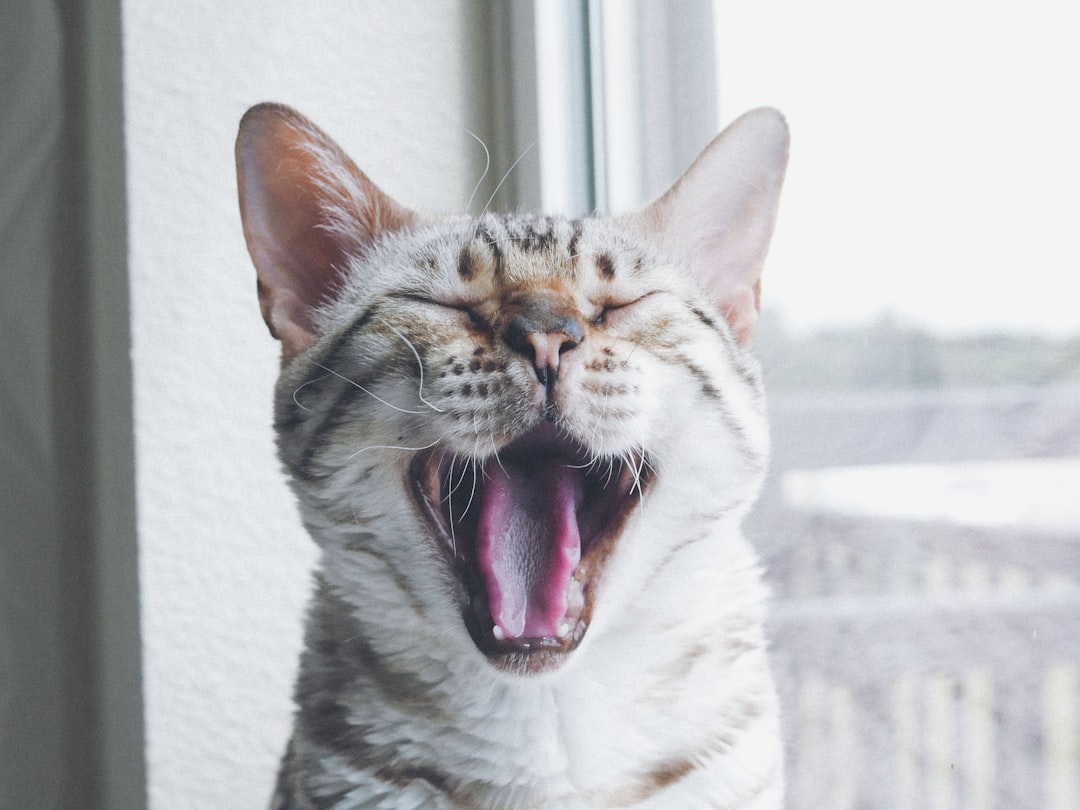
Over-excitement when you return home could be a telltale sign that something isn’t quite right, as cats suffering from attachment issues become increasingly desperate for their owner’s return the longer they’re left alone.
Getting overly excited when you return home goes beyond the typical greeting most cats give their owners. We’re talking about cats who seem to have an emotional meltdown when you walk through the door, as if they genuinely believed you might never come back.
This might include excessive rubbing, loud vocalizations, following you frantically from room to room, or an almost manic quality to their greeting behavior. While it’s nice to be missed, this level of excitement suggests your cat experienced genuine distress during your absence rather than simply being happy to see you.
Jealousy and Attention-Seeking Around Others
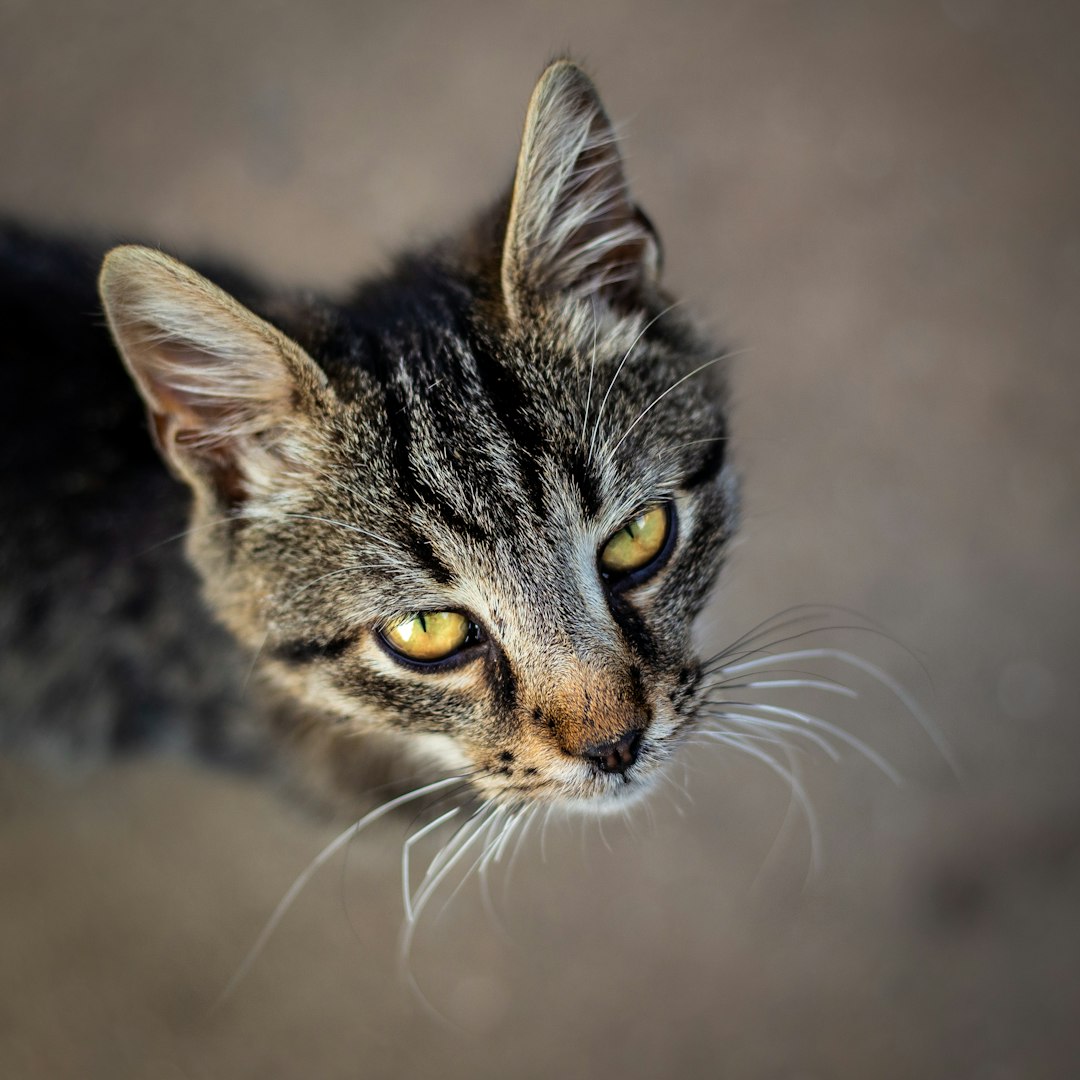
If your cat gets jealous when you give attention to another pet or family member, this is another sign that they are overly clingy. They might act shy and stick close to you when visitors come over, or become possessive of your time and attention.
A new family member, such as a baby or another pet, may mean that your cat now has some competition for your affection, which can cause some cats to become anxious and more demanding of your attention. This possessive behavior often manifests as interference when you’re interacting with others.
Your cat might push between you and other people, vocalize loudly when you’re giving attention elsewhere, or even display aggressive behavior toward perceived competitors for your affection. This jealousy indicates an unhealthy emotional dependence that goes beyond normal territorial behavior.
Physical Symptoms of Stress and Anxiety
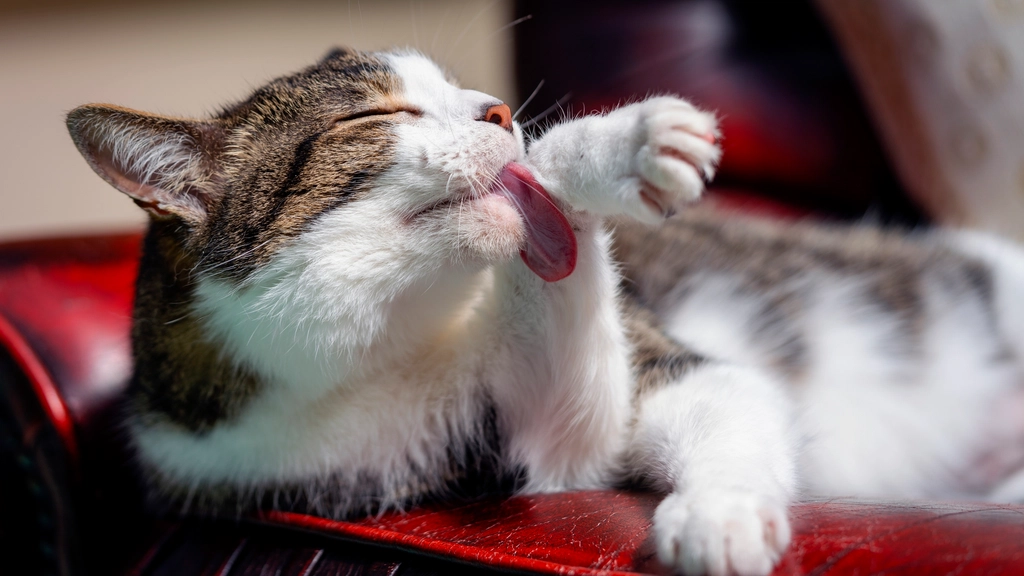
Overgrooming is another sign of attachment issues, with cats excessively grooming when you’re about to leave or as you get home. Eating food too fast, especially to the point of regurgitation, can also indicate anxiety.
Overly attached cats appear to be unusually sensitive to their surroundings and may experience vomiting, with food or hair often contained in the vomit. These physical symptoms represent your cat’s body responding to emotional stress.
You might notice bald patches from excessive grooming, frequent vomiting episodes, or rapid eating followed by regurgitation. Constant pacing, especially obsessive pacing or circling that becomes a regular sight, particularly just before you leave the house and immediately after, also signals distress. These behaviors show that your cat’s attachment has moved beyond emotional into physical manifestations of anxiety.
When Attachment Becomes a Health Concern
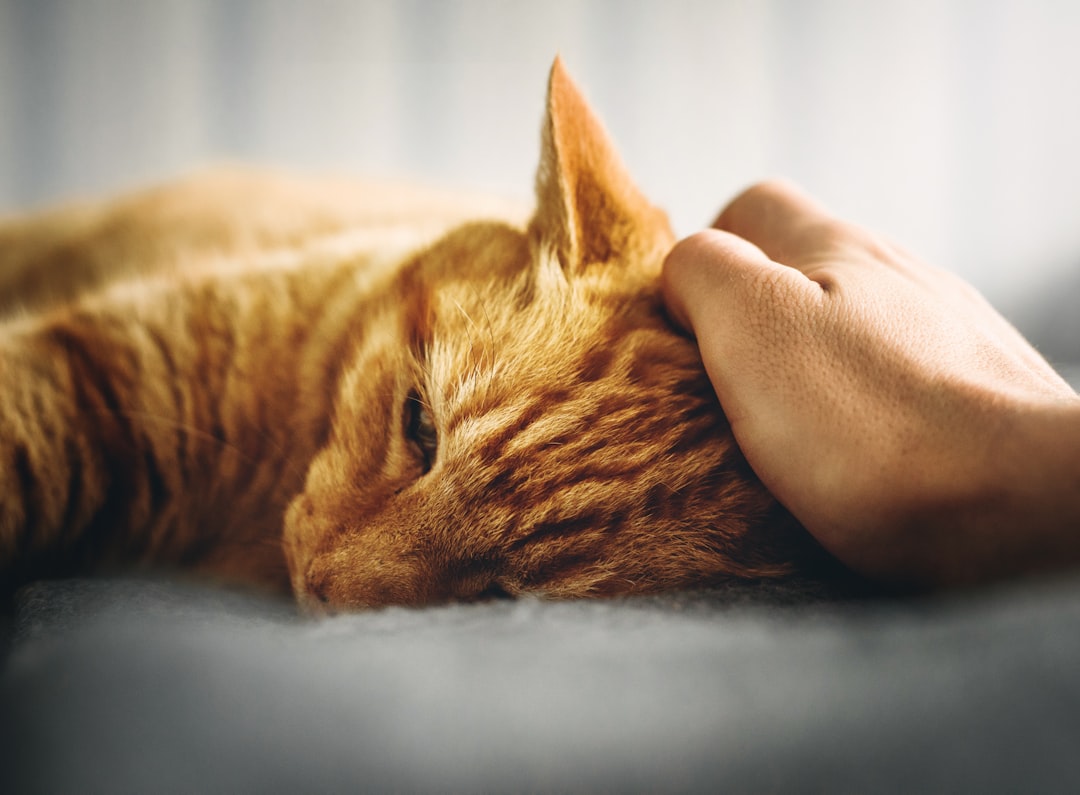
Your cat’s clingy behavior may be problematic if it has started suddenly and is excessive, especially if your previously independent cat now won’t leave your side, as there may be an underlying illness causing discomfort. A sudden increase in affection can have various medical causes, so if your cat becomes unusually clingy or shows other symptoms like excessive vocalization, you should schedule a vet appointment.
When cats feel ill, they can become clingier, especially older cats who may start having vision or mental state issues, making them more insecure and requiring medical evaluation to rule out possible health issues. Medical problems must always be ruled out first since this is a common cause of behavior changes in cats.
Sometimes what appears to be emotional attachment is actually your cat seeking comfort because they don’t feel well. Conditions like cognitive decline, vision problems, or chronic pain can make cats more dependent on their humans for security and comfort. That’s why any sudden behavioral changes should prompt a veterinary consultation before assuming the problem is purely behavioral.
Breaking the Cycle of Over-Attachment
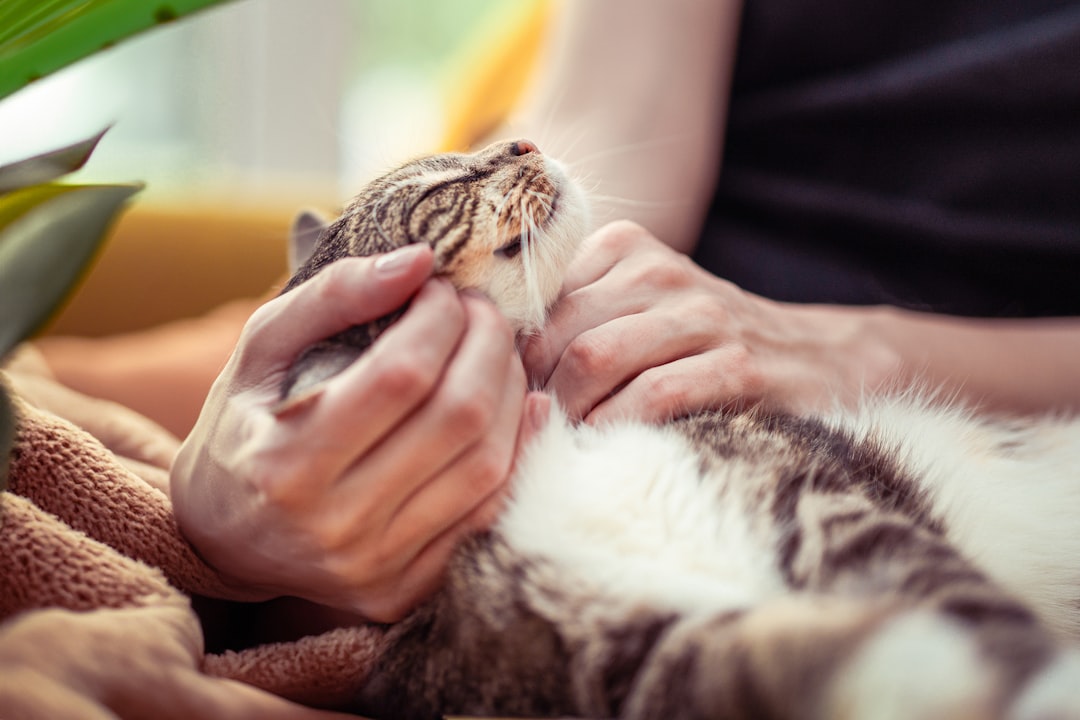
Extremely clingy behavior can open the door to separation anxiety and stress, with reinforcement being the most common cause, as cats quickly learn which behaviors elicit emotional responses from their owners, and these responses are highly rewarding because they capture attention.
You can gently guide your cat’s behavior while still nurturing that loving connection by providing holistic care that ensures you’re caring for your cat physically, mentally and emotionally, including scheduling quality time together to meet your cat’s emotional needs. The key is establishing boundaries without withdrawing affection entirely.
Setting firm boundaries and enforcing them is crucial, such as closing the bathroom door behind you, not giving in to every demand for attention, and making your lap available on your terms rather than your cat’s. Remember, healthy relationships require balance, and teaching your cat some independence actually benefits their emotional wellbeing in the long run.
Understanding these signs helps you differentiate between a loving, affectionate cat and one whose attachment has become problematic. Needy behavior isn’t always healthy and can lead to separation anxiety and emotional distress for both you and your cat, but offering mental stimulation and stopping reinforcement of needy behaviors can make a massive difference in your cat’s overall emotional wellbeing.
While having a cat who adores you feels wonderful, maintaining healthy boundaries ensures both of you can enjoy a balanced, loving relationship. What signs have you noticed in your own feline friend?





